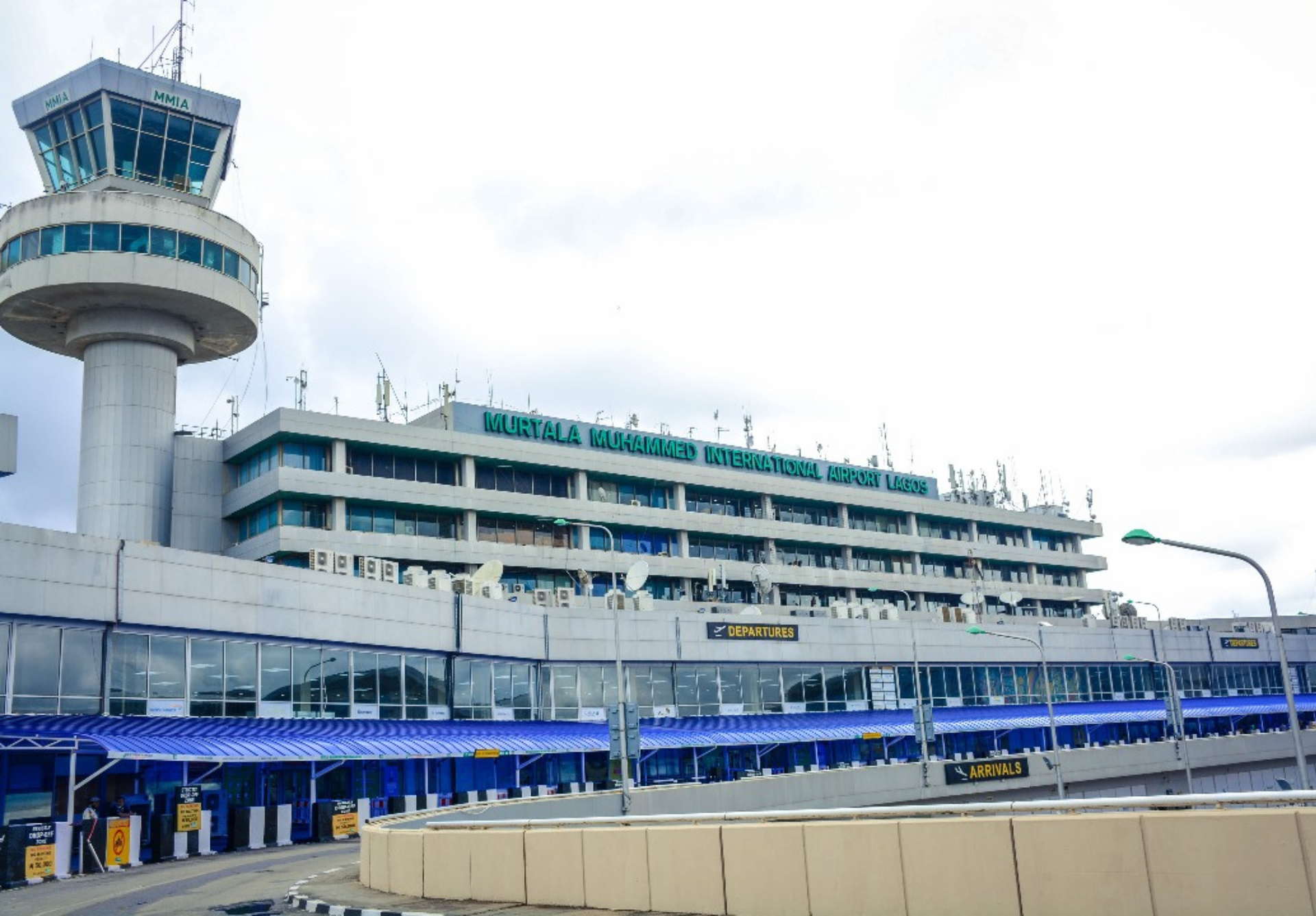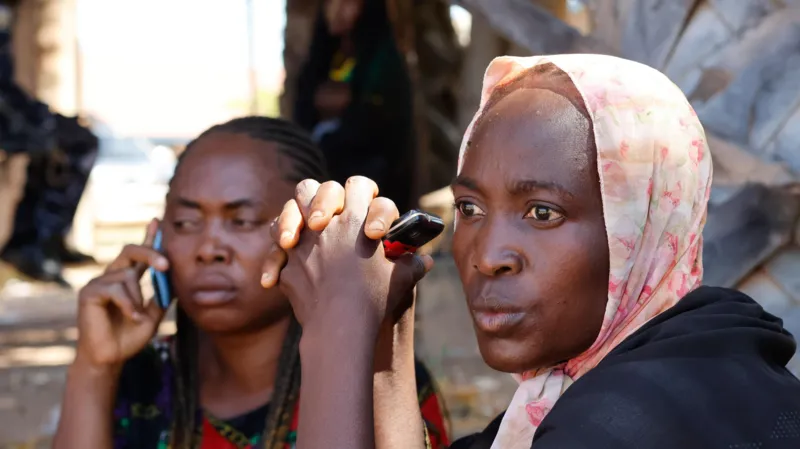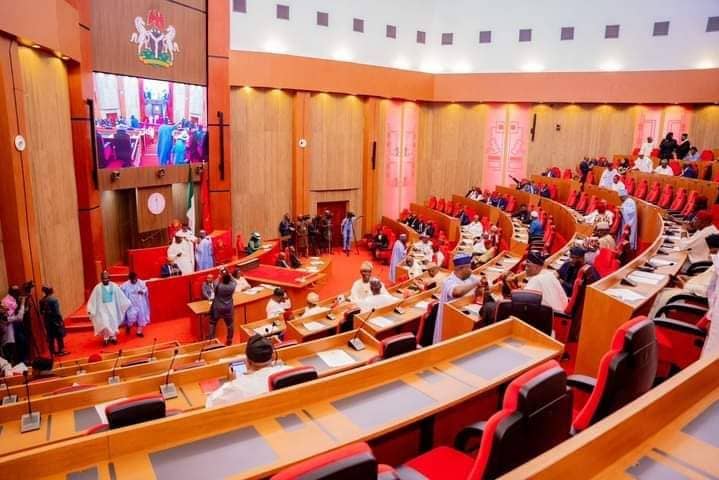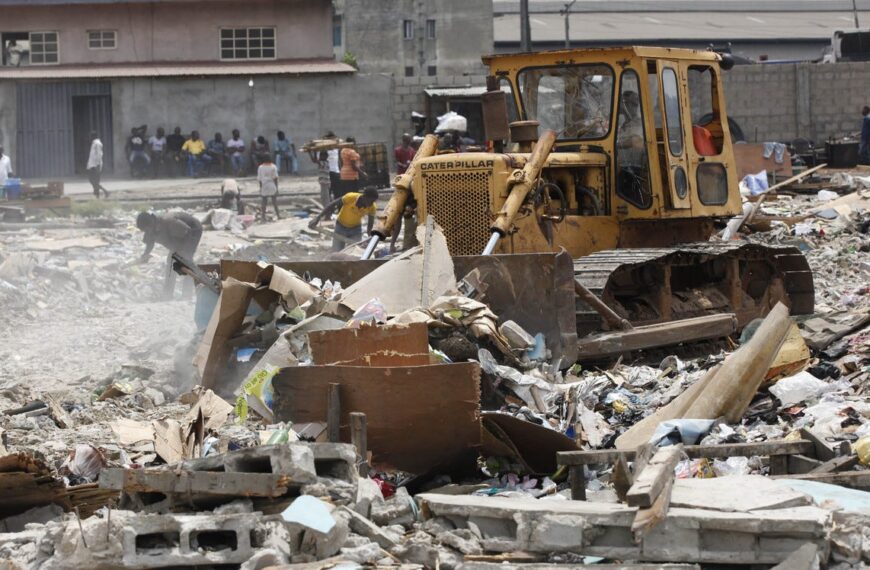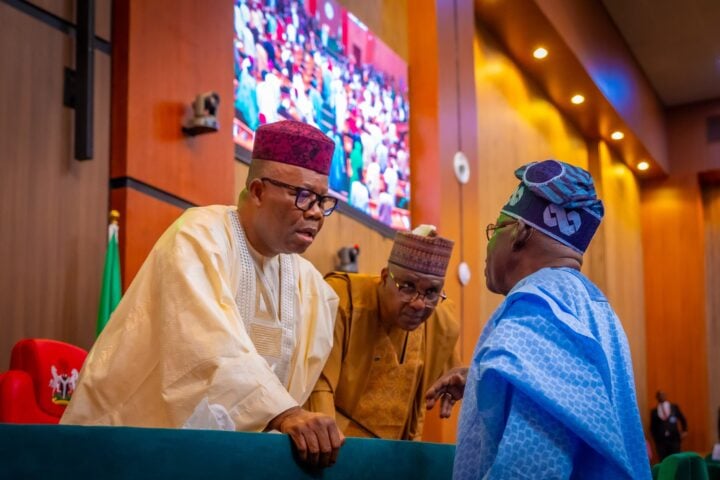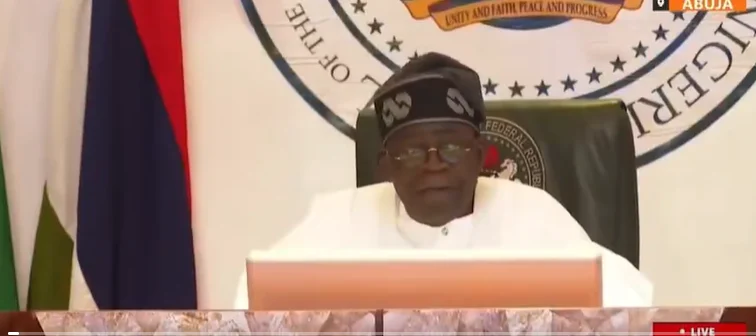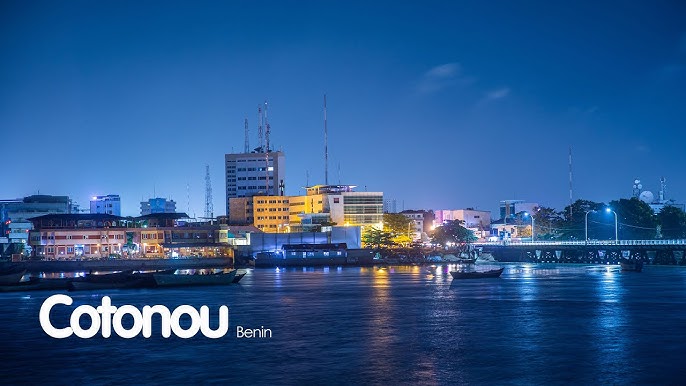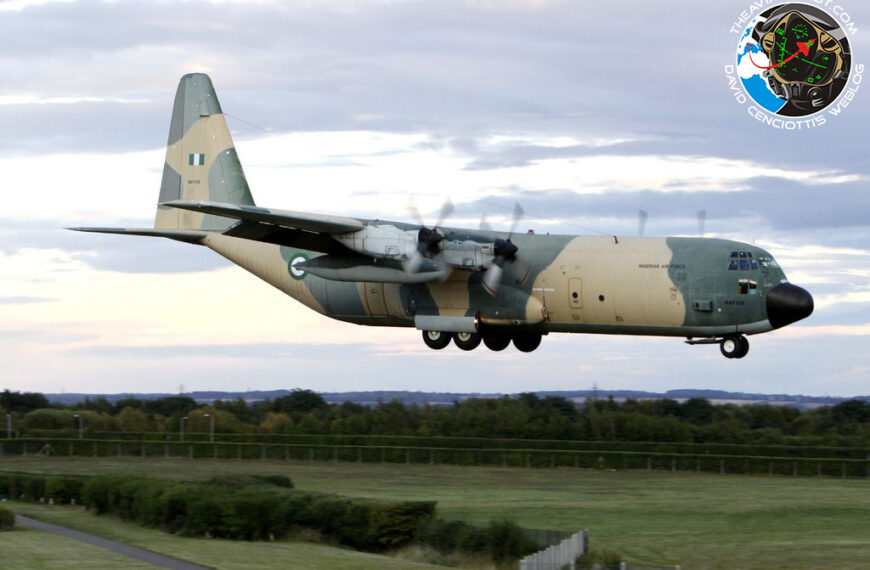Abuja, Nigeria — August 4, 2025
The Minister of Aviation and Aerospace Development, Festus Keyamo, has stepped up to defend the controversial ₦712.3 billion airport overhaul plan, as criticism mounts over its scale, transparency, and timing.
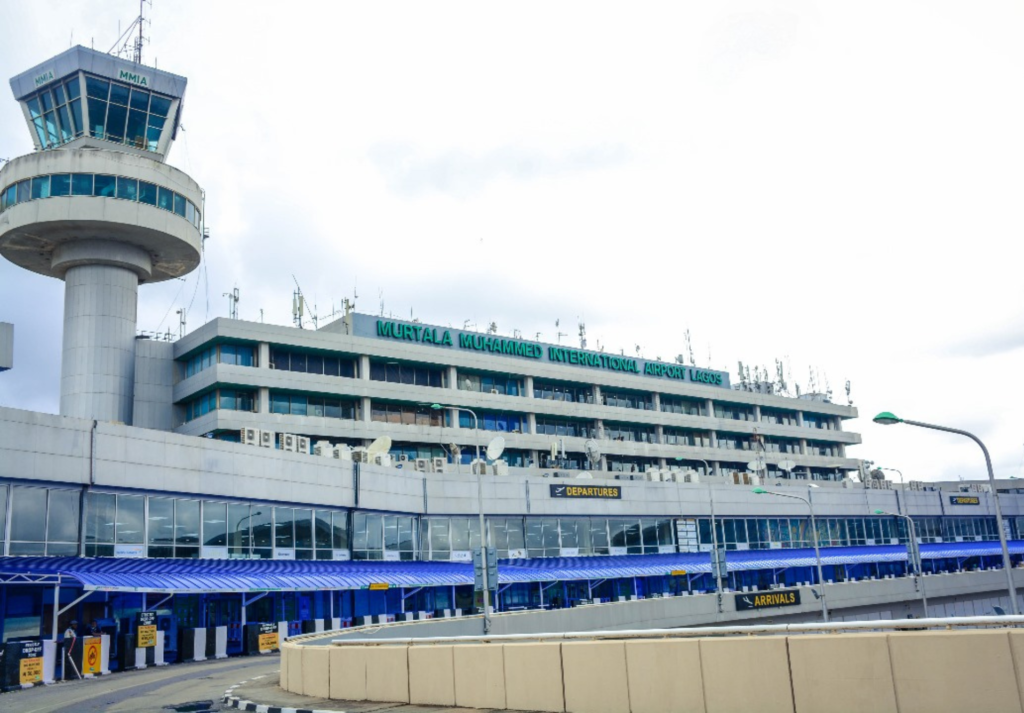
Scope of the Redevelopment
Keyamo clarified that the upgrade entails more than cosmetic fixes—it involves a complete structural overhaul of Terminal One (Wings D and E), built in 1979. The terminal will be stripped down to its concrete frame and rebuilt with entirely new mechanical, electrical, and plumbing systems to meet international aviation standards. The project also includes expansions to Terminal Two, improvements to the apron, construction of access roads and ring roads for arrivals and departures, and a bridge to improve passenger flow Reddit+15Nairametrics+15nigerianflightdeck.com+15.
Funding Structure: Loan-Free Financing
Keyamo emphasized that no external loans are involved. Funding will be sourced from the Renewed Hope Infrastructure Development Fund, generated through the removal of fuel subsidies and exchange rate reforms. The project aims to reinvest savings from these economic reforms back into critical infrastructure The Guardian Nigeria+2Nairametrics+2Vanguard News+2.
Justifying the High Cost
Responding to public skepticism, Keyamo urged Nigerians to benchmark the cost against similar airport reconstruction projects globally, including in other African nations. He highlighted the role of the Bureau of Public Procurement in scrutinizing and approving the requested budget Vanguard News.
Criticism and Opposition Voices
Despite official assurances, several groups have raised objections:
- The African Democratic Congress (ADC) described the expenditure as imprudent amid widespread economic hardship, questioning its priority and degree of legislative oversight.
- The Human Rights Writers Association of Nigeria (HURIWA) labeled the initiative wasteful and undemocratic, demanding an independent audit and full public disclosure of costs and procurement processes.
Timeline and Accountability
The overhaul is set to span approximately 22 months. To promote transparency, Keyamo stated that the Ministry of Aviation would grant regular site tours and updates to civil society groups, members of the National Assembly, and media, allowing for real-time monitoring of progress and quality Vanguard News+7Vanguard News+7Nairametrics+7.
Broader Context
MMIA is Nigeria’s busiest airport, handling over 8 million passengers annually—far exceeding the original design capacity of Terminal One. While Terminal Two was inaugurated in early 2022, operational limitations have delayed full utilization pending upgrades to the older terminal and expansion of apron infrastructure Wikipedia+1Nairametrics+1. The revamp follows a phase of private-sector-driven upgrades, such as the remodeled E-Wing departure hall commissioned late 2024 under a FAAN–UBA partnership, another initiative overseen by Keyamo Vanguard News+5The Guardian Nigeria+5nigerianflightdeck.com+5.
Bottom Line
The ₦712 billion revamp represents a pivotal investment in national aviation infrastructure. While Minister Keyamo defends the project as essential and cost-effective, critics call for fiscal restraint and accountability—especially given Nigeria’s pressing socioeconomic challenges. The project’s ultimate legacy, whether heralded as transformative or controversial, will depend on effective execution and transparency in its delivery.

